The West Coast Tracks Where Modern Racing Was Born
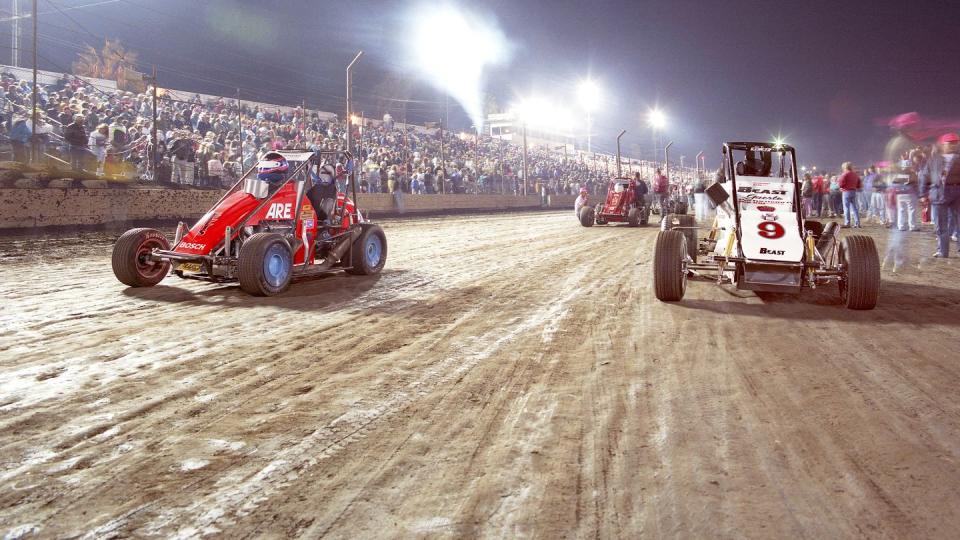
Spreading out over 163,696 square miles, California has plenty of room for a few racetracks. There are 58 counties in the state, and many of them have fairgrounds with tracks that have hosted both horses and motorized mayhem. And if there’s no track handy, they go race across the desert. From dry lake beds to clandestine street racing meet-ups, California loves speed.
A comprehensive catalog of California racetracks could go on almost infinitely. So, this is only a sampler. A chance to appreciate some of the great places where racing in the state has happened.
Some are still here. Some have been replaced by shopping malls, housing developments, industrial parks, or storage lots. Appreciate each of them. Because the one constant in California is change.
Santa Barbara Municipal Airport
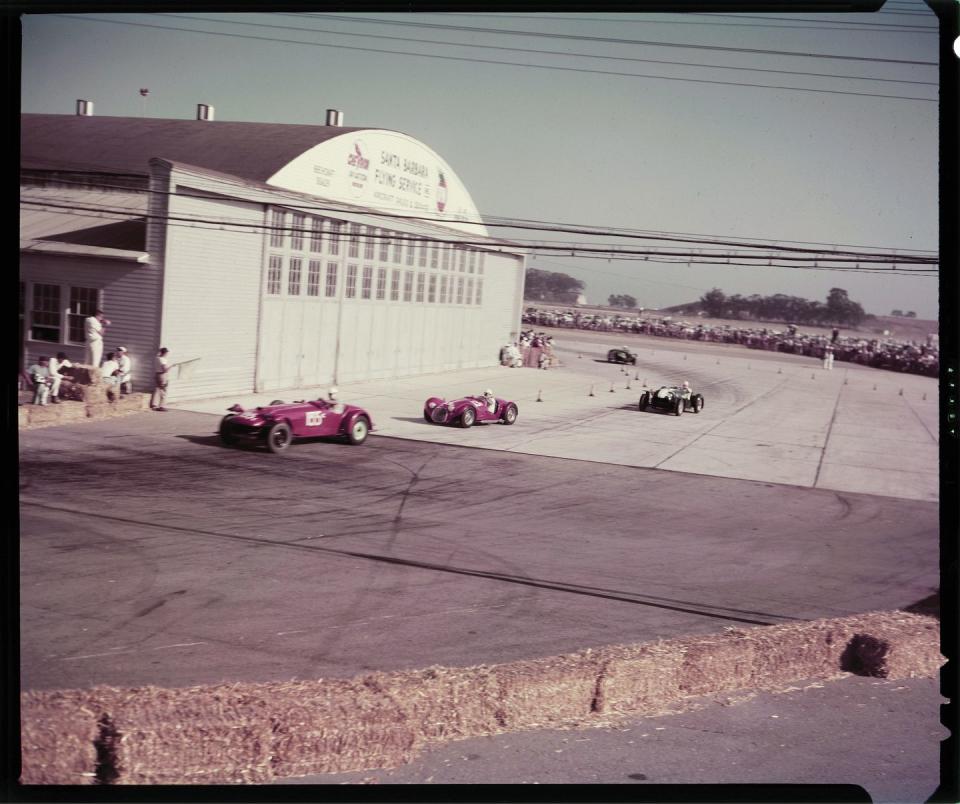
September 6, 1953
After World War II, Marine Corps Air Station Santa Barbara reverted to a civilian airport—but with racing. On Labor Day weekend 1953, California’s sports-car circus arrived to run on a 2.2-mile track across the taxiways and runways. It was a battle of backyard bombs and expensive imports. The 35-lap main competition was between Phil Hill, in a Ferrari 250 MM, and Bill Stroppe, driving a Mercury-powered Kurtis. Stroppe punted his Kurtis into a ditch, and Hill passed him for the win. The 1954 racing movie Johnny Dark includes footage of the event. When commercial jets came to the airport in 1967, racing ended.
Lions Drag Strip
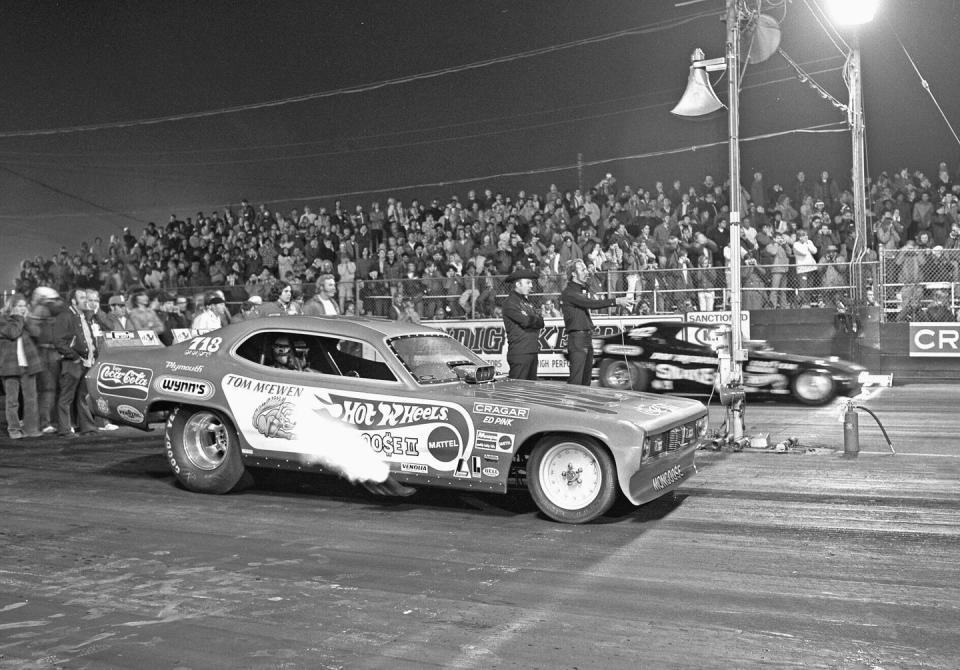
December 2, 1972
Lions Drag Strip opened in 1955 on land leased from the Los Angeles Harbor Commission. Its events were promoted by Larry “Supermouth” Huffman’s manic “Sunday, Sunday, Sunday!” radio and TV ads. Neighbors hated the noise, and the Harbor Commission wanted the land, so Lions was doomed. The strip had room for 10,000 spectators, and more than 20,000 showed up for the last race. Maybe 400 cars ran that raucous night. The Funny Car final had Don “the Snake” Prudhomme run against Tom “the Mongoose” McEwen on the track where their lucrative partnership and rivalry began. McEwen won, and the crowd left, taking with it everything it could swipe.
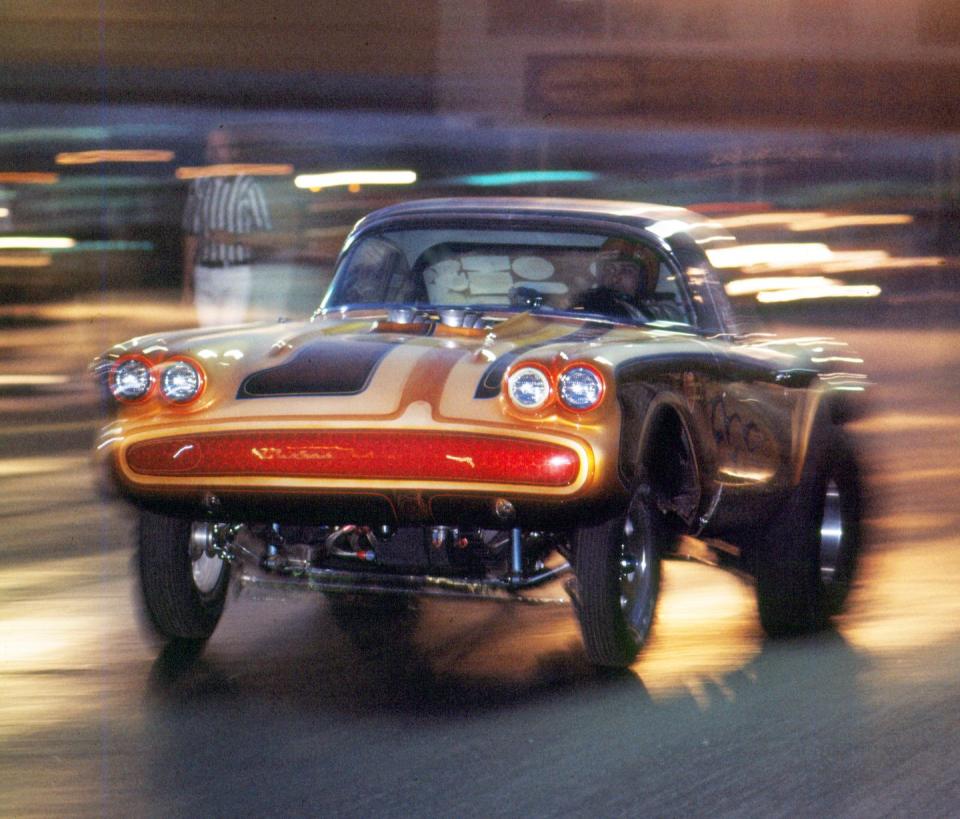
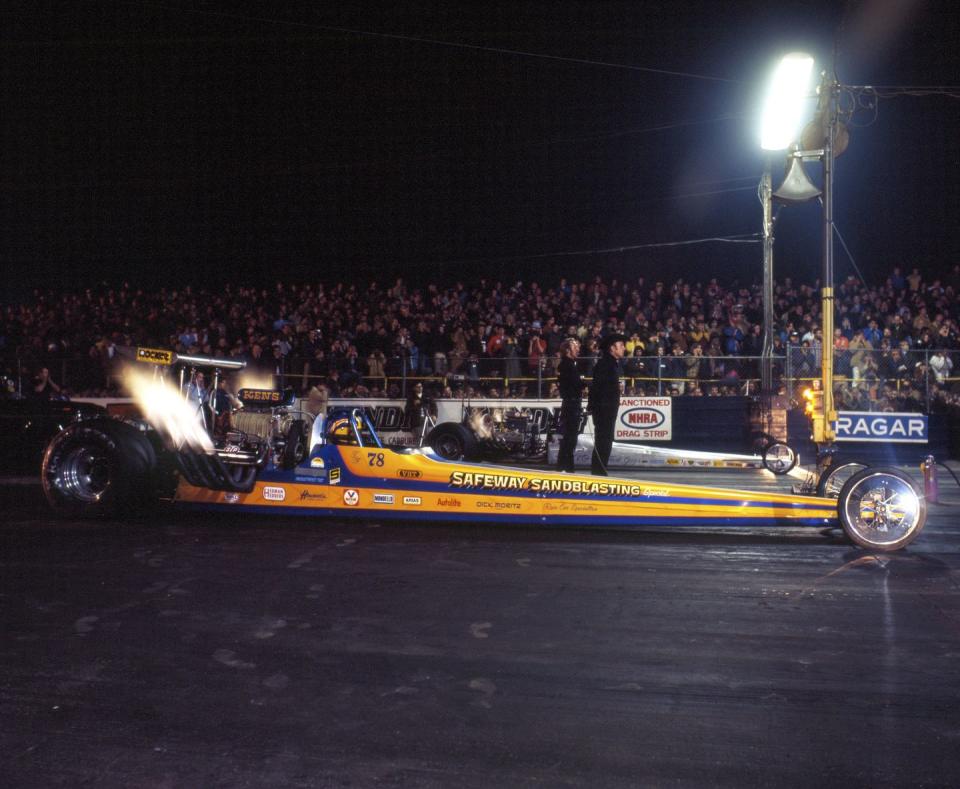
Beverly Hills Speedway
November 25, 1920
Gaston Chevrolet had won the 1920 Indianapolis 500 and was fighting for the AAA National Championship title coming into the year’s last race at the still-new treacherously banked wooden-board track of Beverly Hills Speedway. Tangling with Eddie O’Donnell at the east end of the 1.25-mile oval, Chevrolet’s Frontenac climbed the banking, tore out 20 feet of fencing, and then tumbled back down atop O’Donnell’s car. Chevrolet and O’Donnell’s riding mechanic, Lyall Jolls, were killed; O’Donnell succumbed to his severe injuries the next day. The track lasted until 1924, and the speedway’s 275 acres are now some of the world’s priciest residential and commercial real estate. Gaston, 28 and the youngest of the three Chevrolet brothers, posthumously took the 1920 championship on points.
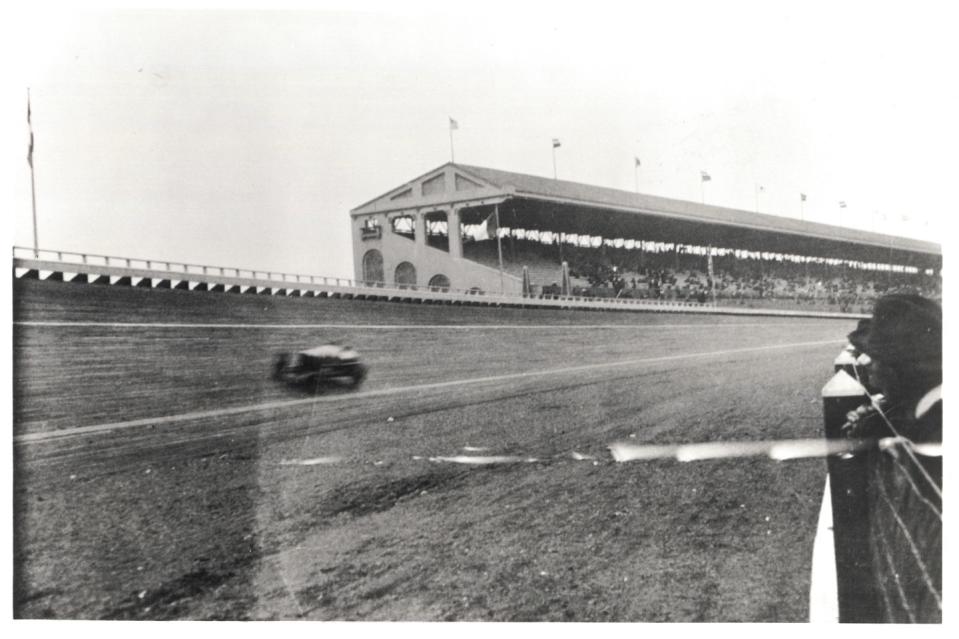
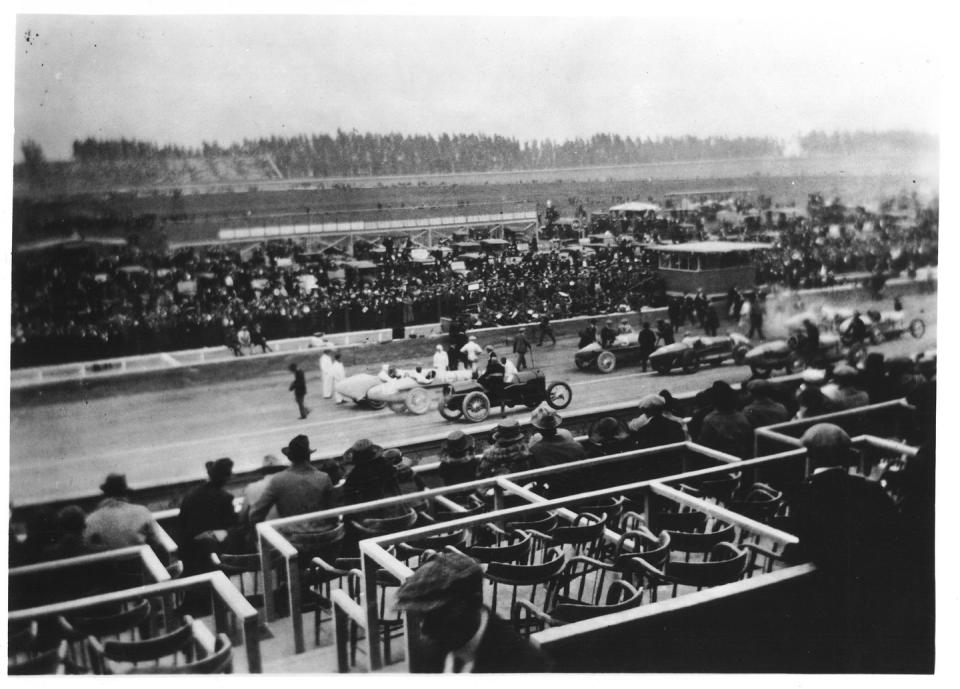
Sears Point/Sonoma Raceway
June 7, 1992
Ernie Irvan jumped the start and was instantly black-flagged to open the 1992 Save Mart 300 at Sears Point International Raceway. “I don’t really know how to road race,” he told the Associated Press after passing the entire field to win. “I just get the job done.” Sears Point adopted NASCAR’s West Coast road-course date in 1989 after Riverside was bulldozed to build a mall. Some luck and well-timed pit work helped Irvan’s comeback, but his driving was truly spectacular. Coincidentally, that morning, NASCAR founder Bill France Sr. died. NASCAR’s next race at what is now Sonoma Raceway will be the 36th.
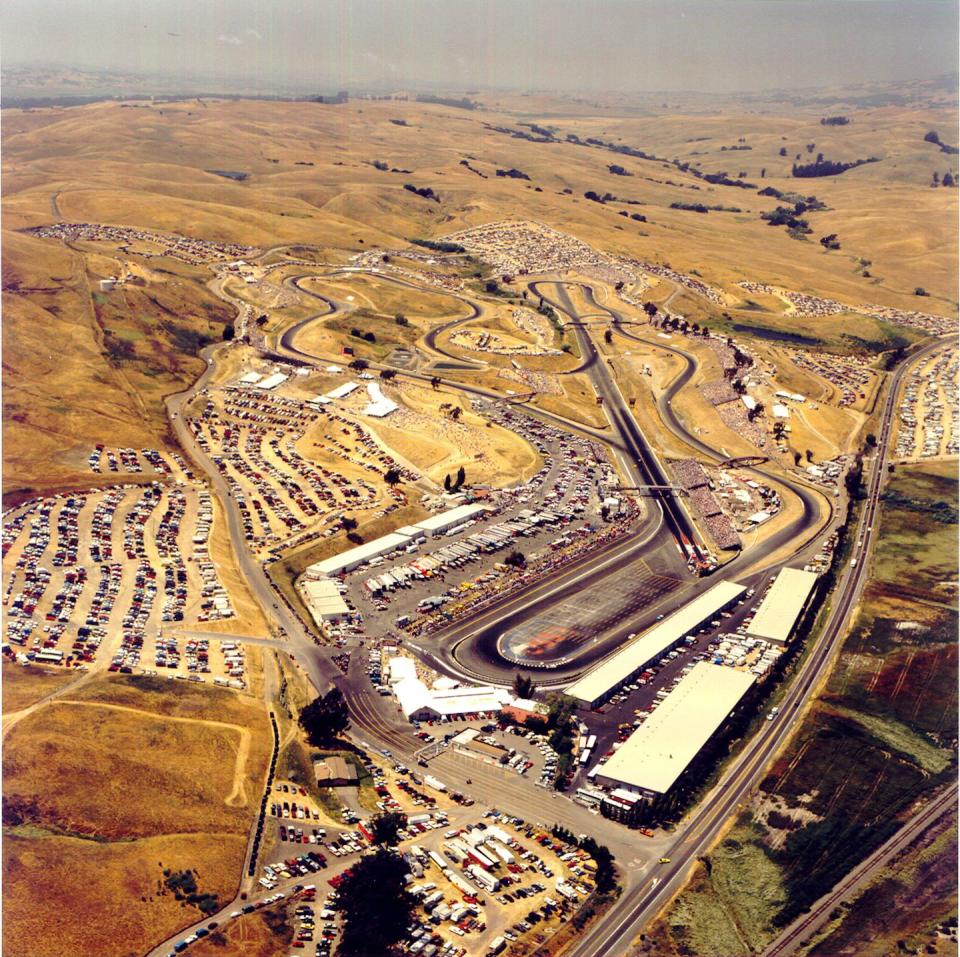
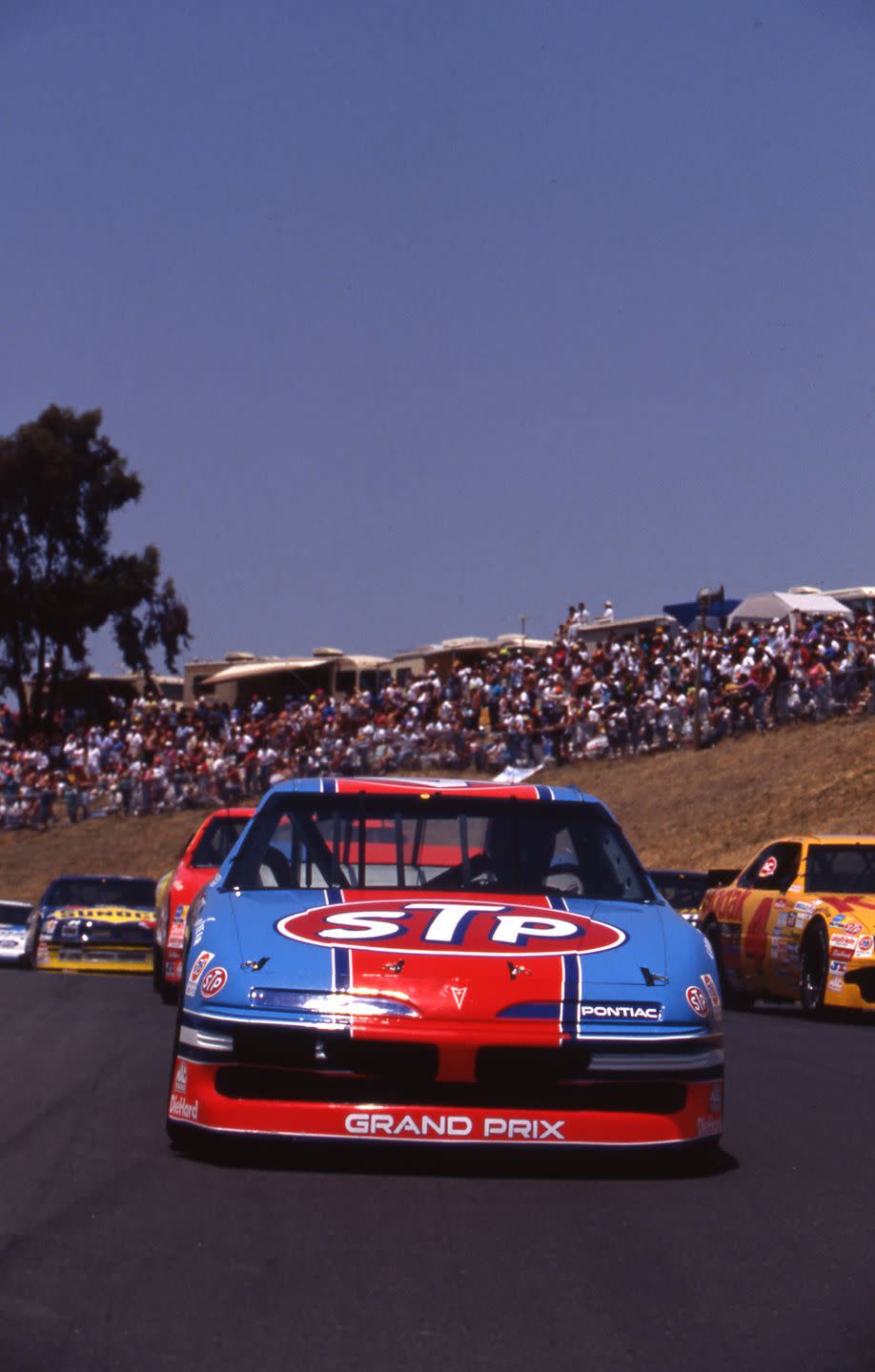
Long Beach Grand Prix
September 28, 1975 Long Beach was Los Angeles’s backwater neighbor. But Chris Pook had a vision, and he built the first major street circuit in the United States since 1952 atop the city’s grimy roads. Formula 5000 open- wheelers roared up from the decrepit Pike shoreline amusement park and past seedy bars and run-down theaters. Brian Redman won, and the Long Beach Grand Prix—now the Acura Grand Prix of Long Beach—has never gone away. The Formula 5000 race was proof of concept; Formula 1 came in 1976, and it’s been IndyCar’s best party since 1984. The next Long Beach GP will be the 50th.
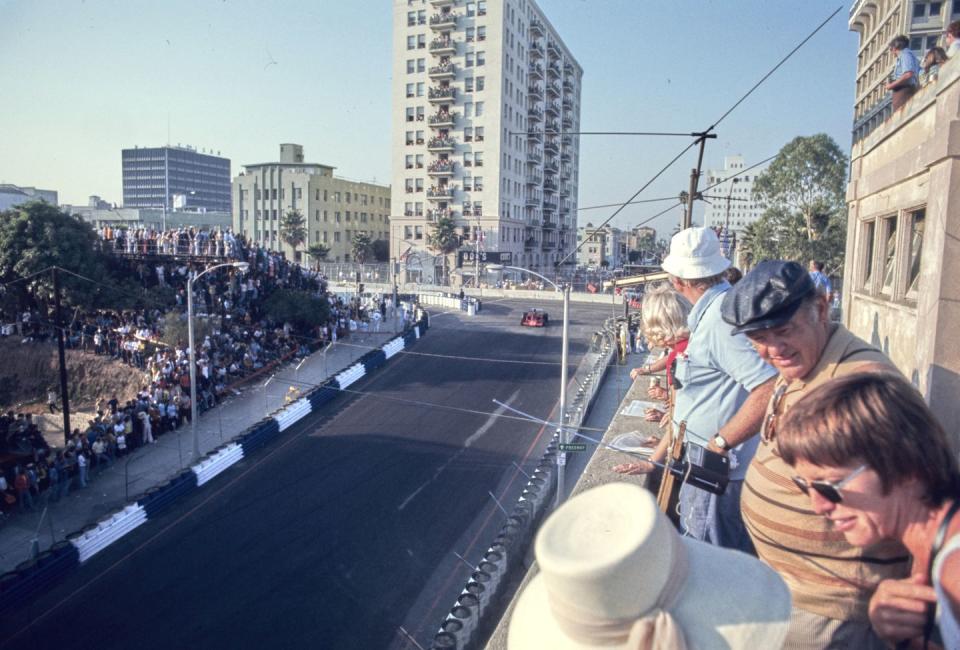
Ascot Park
November 22, 1990
A half-mile dirt oval framed by the freeways in Gardena, south of Los Angeles, Ascot Park opened in 1957, succeeding maybe a dozen prior dirt tracks swallowed by urban sprawl. The annual Turkey Night Grand Prix for midget sprints was the signature race, with past entrants including Dan Gurney and Southern California’s dirt legend, Parnelli Jones. The track was overcrowded that last Turkey Night. Several cars tumbled through the hardpack turns, and Stan Fox set a new qualifying record. Fox won after passing Jones’s son P.J. “Ascot racing, even throughout the enlightened roll cage era, still could be quite lethally dangerous,” wrote Autoweek’s Joe Scalzo. “Yet every Ascot Saturday I ever attended felt like an affirmation of life, not the reverse.”
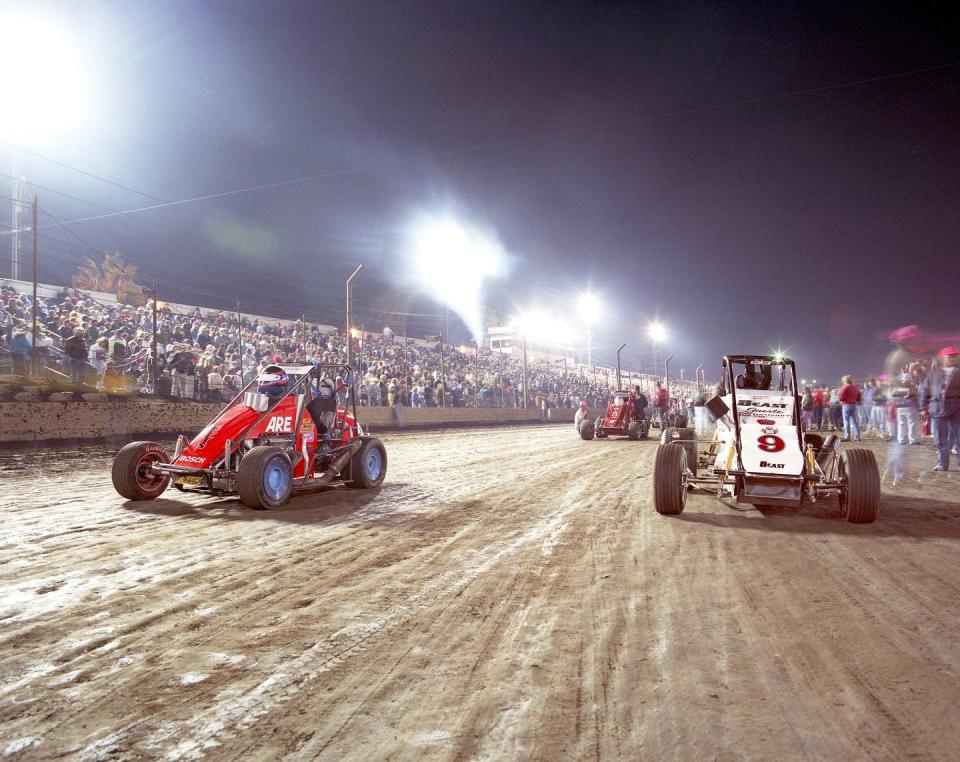
Riverside International Raceway
October 27–28, 1973 Mark Donohue had a fantastic weekend at Riverside International Raceway. In under 28 hours, he won two of three inaugural IROC races and his sixth straight Can-Am race (in Penske’s Porsche 917/30). Then he retired. “You can’t be a driver at 65,” he told the New York Times, “and it is something everyone has to face.” He planned for his last race to be the fourth IROC round at Daytona in February 1974, but his retirement didn’t last long. He unretired a few months later to drive for Penske in Formula 1. In August 1975, he died after crashing during practice for the Austrian Grand Prix.
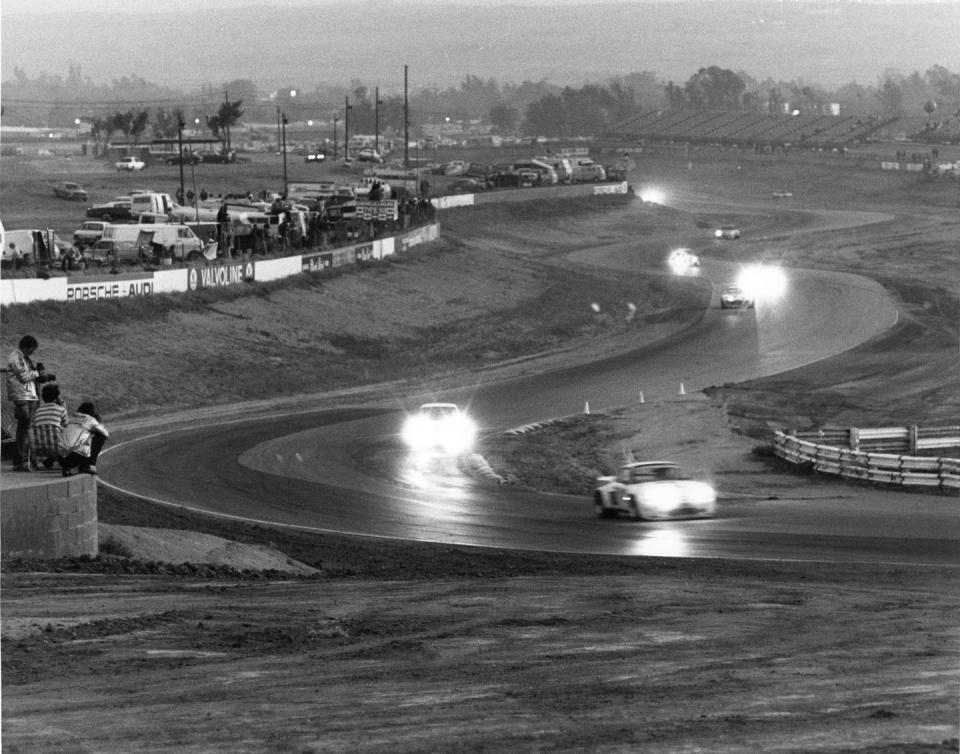
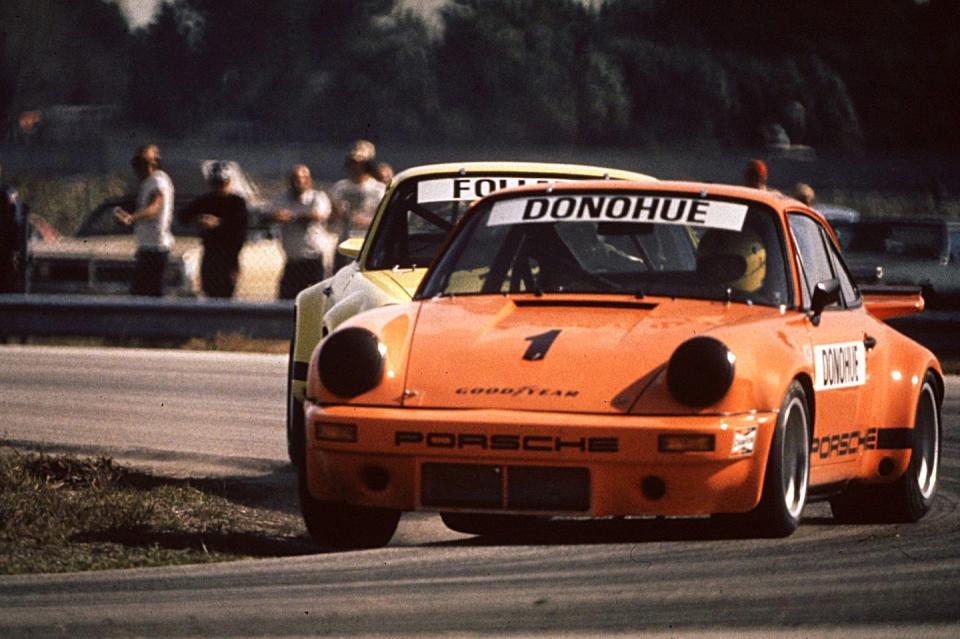
Santa Monica Course
February 26, 1914
Santa Monica’s roads were still mostly dirt but good enough for hosting America’s most prestigious race, the Vanderbilt Cup, on an 8.4-mile course that included the infamous “Death Curve” at the intersection of Ocean Avenue and Wilshire Boulevard. Fifteen cars, including Ralph DePalma’s Mercedes and Barney Oldfield’s Mercer, entered the 35-lap race. During practice, Dave Lewis’s car went into a group of spectators, killing one and injuring five. DePalma won, with Oldfield second. The month before, nearby Venice held the Vanderbilt Jr. Cup Races for children’s “push-mobiles.” A short film shot at the event and starring 24-year-old comic Charlie Chaplin introduced his Little Tramp character. Kid Auto Races at Venice started Chaplin’s rise as the world’s first film superstar.
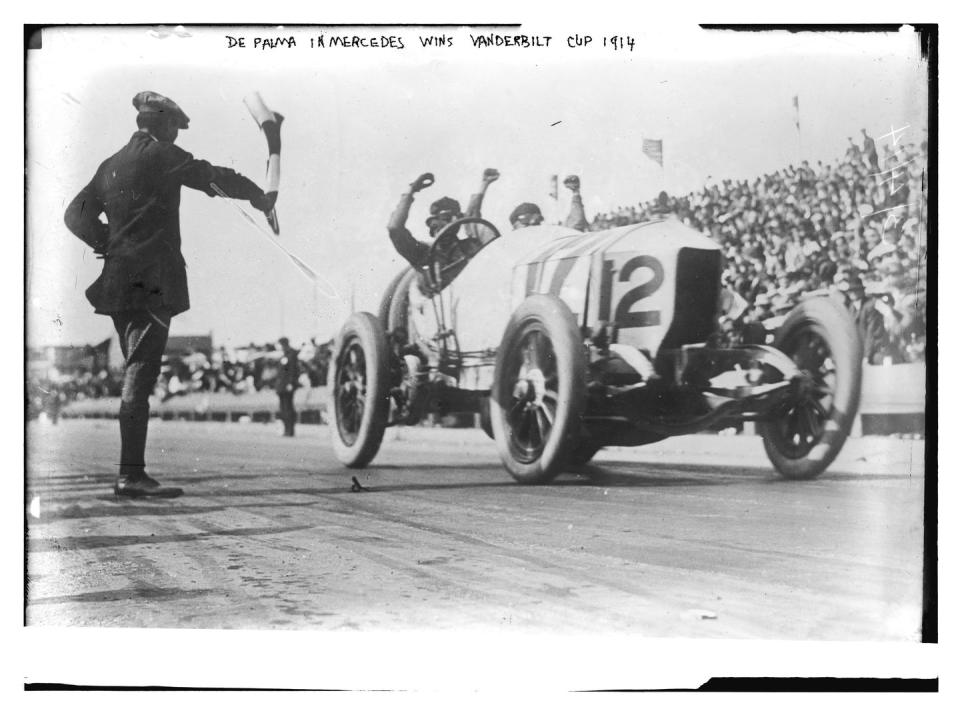

A car-lover’s community for ultimate access & unrivaled experiences.JOIN NOW Hearst Owned
You Might Also Like

 Yahoo Autos
Yahoo Autos 